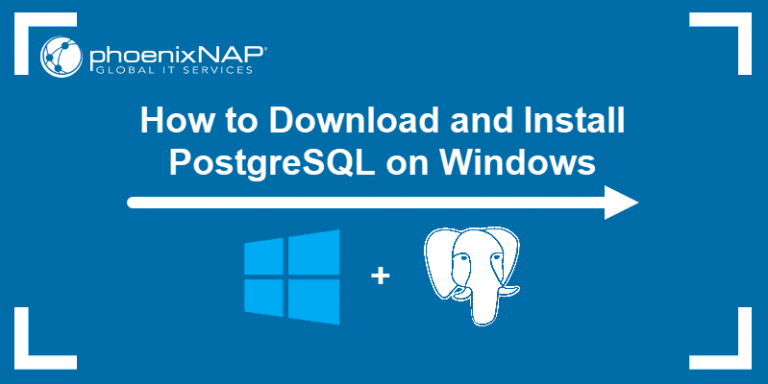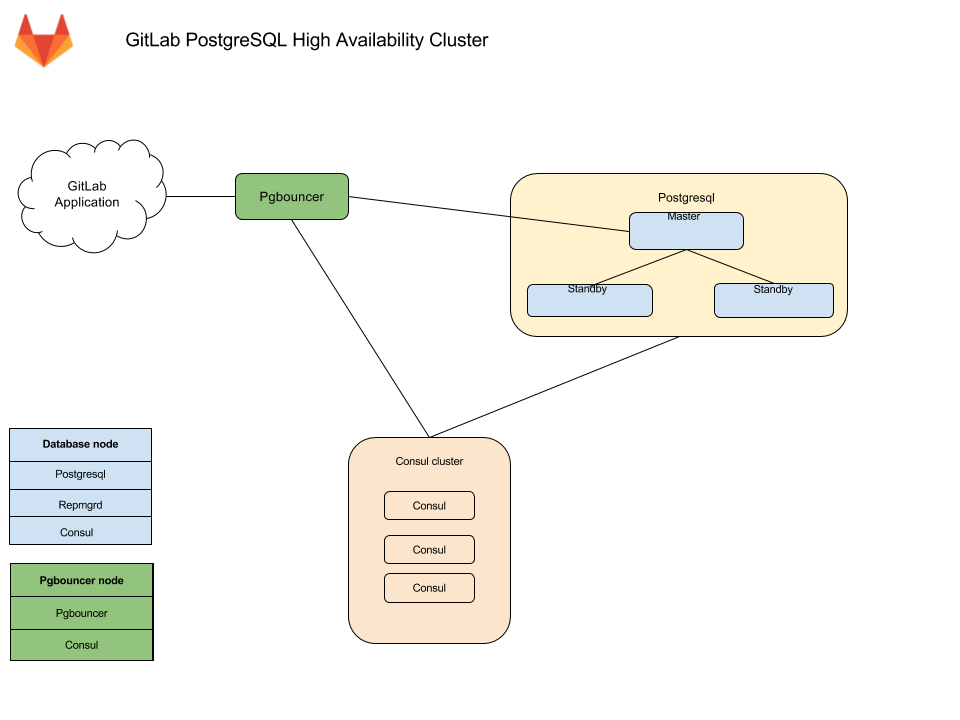

- Install and configure postgresql install#
- Install and configure postgresql full#
- Install and configure postgresql password#
Psql -c "CREATE ROLE WITH SUPERUSER PASSWORD '' "Įnter the PostgreSQL interactive terminal: There are two options to do this: from shell invoking psql, or manually using psql command line. It is not recommended to set the password for 'postgres' user or creating 'root' user for productive environments! You can use an exiting linux user to ease authentication (if peer is enabled in pg_hba.conf). Now you should create at least one super user.

If none found: initialise your database: This is where you will find nf and pg_hba.conf for example. TODO: (database initialisation steps, in case they would be required).Įnable postgres server to start at system boot:ĭefault PostgreSQL home directory ~postgres for OpenSUSE is: /var/lib/pgsql/Ĭonfiguration files are in data directory: ~postgres/data/. > postgres is not a native service, however systemctl can manage it very well Sudo zypper in postgresql-plperl postgresql-plpython postgresql-pltcl Perl / Tcl / Python (postgres supports 2.x and 3.x, please check official documentation):
Install and configure postgresql install#
Install the optional procedural languages, according to your needs: Recommendation: install the postgresql-devel as well if you plan to use external libraries like fdws. Sudo zypper in postgresql postgresql-server postgresql-contrib >contrib provides some extensions that are not yet part of root tree Install the postgresql client, server and contrib. Zypper -non-interactive -quiet addrepo -refresh -p 90 PostgreSQL The specific postgres repository will provide most stable and feature rich releases and tools with the latest patches.Īdd repository ( change last dir to fit your distribution): The packages provided by the basic repository are most tested and sufficient for most use cases. In case you are targeting a simple installation (single node, testing purposes, simple web-browser, etc.), you can skip this optional step. 3.3 RAM optimization with ZRAM and huge pages.

Sudo vi /var/lib/pgsql/data/nf Uncomment listen_address=localhost Then restart sudo systemctl restart postgresqlįinally Check psql -U kodekloud_aim -d kodekloud_db8 -h 127.0.0. Sudo vi /var/lib/pgsql/data/pg_hba.conf Go to bottom of the config and edit local all all md5 \q to exit from postgresql Then set the config for local GRANT ALL PRIVILEGES ON DATABASE "kodekloud_db10" to kodekloud_gem Sudo su - Then install postgresql yum install postgresql-server postgresql-contrib -yĮnter into postgresql database AS sudo -u postgres psql postgresĬreate user, database, and grant permissionĬREATE USER kodekloud_gem WITH PASSWORD 'LQfKeWWxWD' Click on ✔ and Do Task Again Solution: NOTE: Change"kodekloud_db10" to kodekloud_gem and Pssword AS Per Task Login to database server At the end its good to test the db connection using these new credentials from root user or server's sudo user. Make appropriate settings to allow all local clients (local socket connections) to connect to the kodekloud_db10 database through kodekloud_rin user using md5 method (Please do not try to encrypt password with md5sum).
Install and configure postgresql full#
Create a database kodekloud_db10 and grant full permissions to user kodekloud_rin on this database. Create a database user kodekloud_rin and set its password to TmPcZjtRQx. Install and configure PostgreSQL database on Nautilus database server. The application uses PostgreSQL database, so as a pre-requisite we need to set up PostgreSQL database server as per requirements shared below: a. Install and Configure Postgresql The Nautilus application development team has shared that they are planning to deploy one newly developed application on Nautilus infra in Stratos DC.


 0 kommentar(er)
0 kommentar(er)
